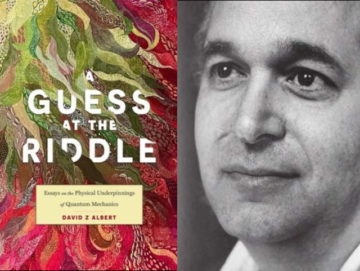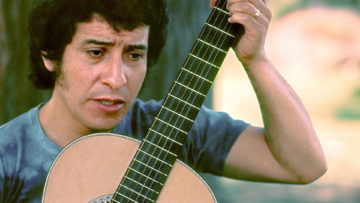by Jochen Szangolies
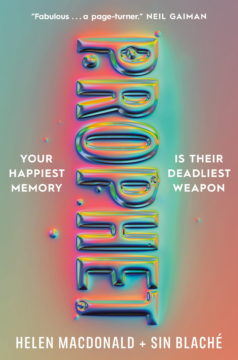
Sunil Rao, one half of the leading duo of the novel Prophet by Helen Macdonald and Sin Blanché, has a gift: he can tell trick from truth. Any fake is immediately obvious to him; any false statement revealed as such upon hearing it. Much more than a human lie detector, his abilities are not dependent on whether those making the statements—or indeed, anybody—know the truth: indeed, on occasion, he engages in accidental self-discovery, by uttering statements about himself and finding them true.
Rao, then, seems ideally suited to his secret service work, but, without giving away too much, things are more complicated than that. Nevertheless, somebody with his ability might seem to be an asset to have in your corner, in this age where simple truth seems under attack from multiple sides. Who wouldn’t want to read the news and just know what’s what? Know whether the latest fad diet delivers on its promise (although I’d venture a semi-educated guess there)? Perhaps even have a shot at the Big Questions™—God, life, the universe, and all that?
Indeed, to a scientist, philosopher, or any such habitual question-asker, perhaps nothing ought to seem more tantalizing than a direct mainline to truth. Mathematical physicist Geoffrey Dixon shows his literary sensibility when he begins his monograph Division Algebras: Octonions, Quaternions, Complex Numbers and the Algebraic Design of Physics with a series of brief ‘Screeds’ concerning a visitation by the Screen of Ultimate Truth, ready and waiting to spill the universe’s (mathematical, presumably) guts upon being prompted.
But what question to pose? Suppose you ask, as the physicist in Dixon’s Screed does, for the ultimate reason for the universe’s existence, only to be met with pages upon pages of incomprehensible symbols: what good is truth you don’t have the proper context for? Read more »

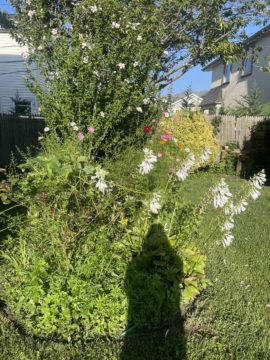
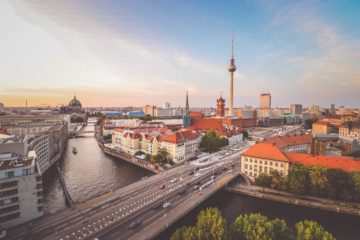
 There has been talk in recent years of what is termed “the internet novel.” The internet, or more precisely, the smartphone, poses a problem for novels. If a contemporary novel wants to seem realistic, or true to life, it must incorporate the internet in some way, because most people spend their days immersed in it. Characters, for example, must check their phones frequently. For example:
There has been talk in recent years of what is termed “the internet novel.” The internet, or more precisely, the smartphone, poses a problem for novels. If a contemporary novel wants to seem realistic, or true to life, it must incorporate the internet in some way, because most people spend their days immersed in it. Characters, for example, must check their phones frequently. For example: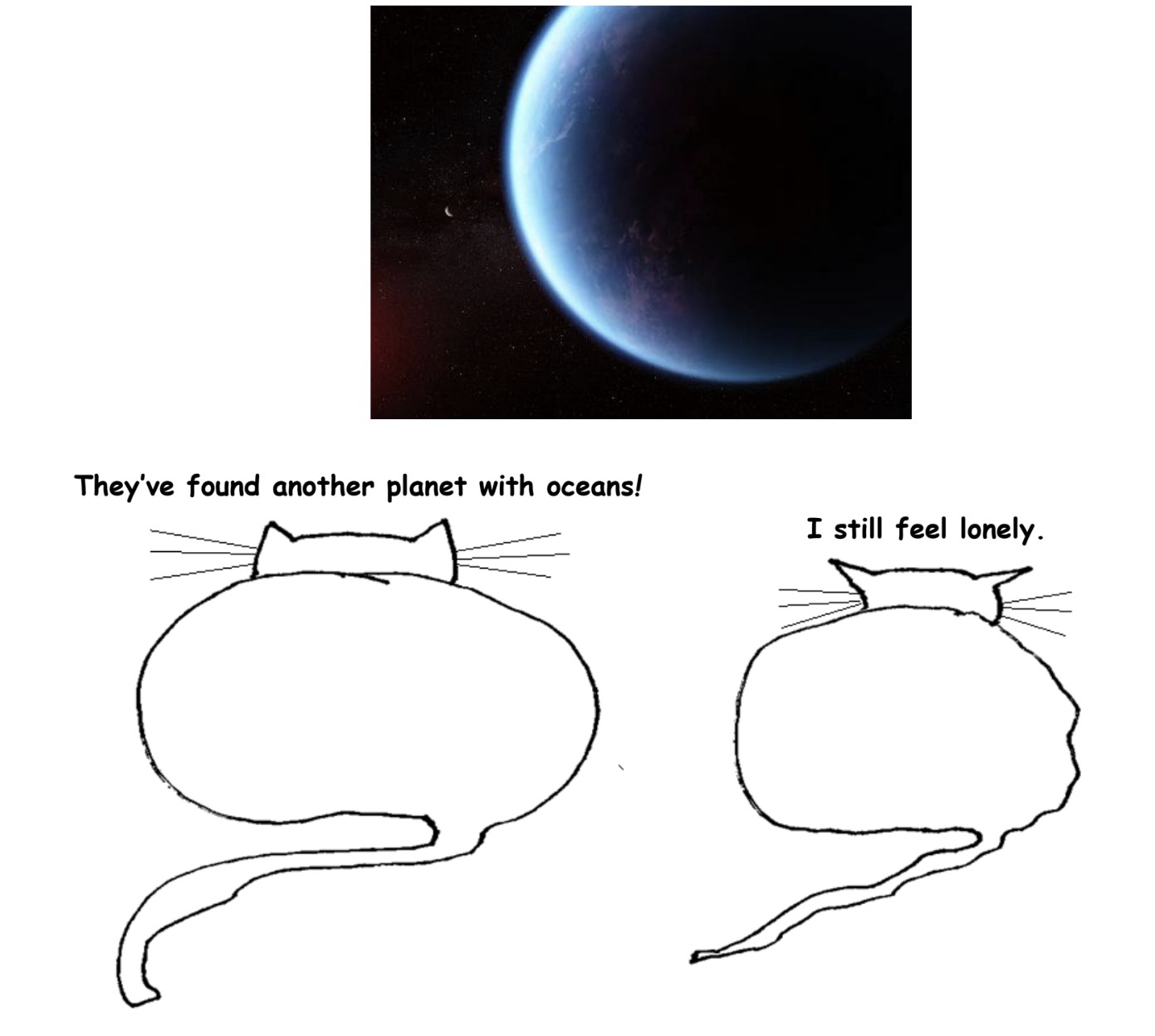
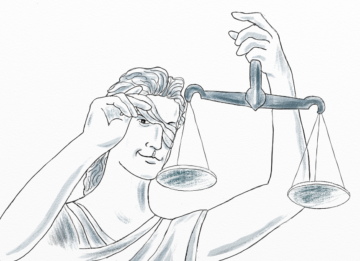


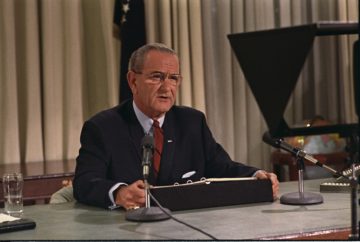
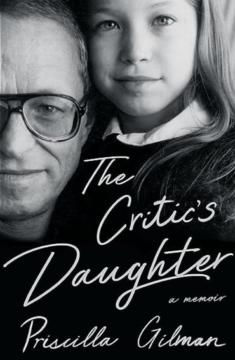 Richard Gilman (1923-2006)—a revered and feared American critic of theater, film and fiction in the mid-century patrician grain of Eric Bentley, Stanley Kauffmann and Robert Brustein—was a self-absorbed titan of insecurity and the best writing teacher I ever had. Negotiating the minefield of this man’s mercurial moodiness, beginning at age 22, was one of the main galvanizing experiences of my pre-professional life.
Richard Gilman (1923-2006)—a revered and feared American critic of theater, film and fiction in the mid-century patrician grain of Eric Bentley, Stanley Kauffmann and Robert Brustein—was a self-absorbed titan of insecurity and the best writing teacher I ever had. Negotiating the minefield of this man’s mercurial moodiness, beginning at age 22, was one of the main galvanizing experiences of my pre-professional life.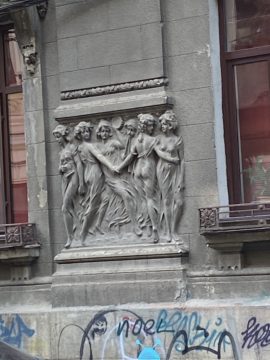
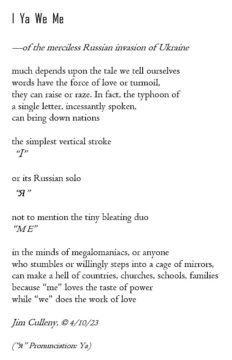
 In the decade before World War I, the newspaper dominated life like it never would again. The radio was not yet fit for mass use, and neither was film or recording. It was then common for major cities to have a dozen or so morning papers competing for attention. Deceit, exaggeration, and gimmicks were typical, even expected, to boost readership. Rarely were reporters held to account.
In the decade before World War I, the newspaper dominated life like it never would again. The radio was not yet fit for mass use, and neither was film or recording. It was then common for major cities to have a dozen or so morning papers competing for attention. Deceit, exaggeration, and gimmicks were typical, even expected, to boost readership. Rarely were reporters held to account.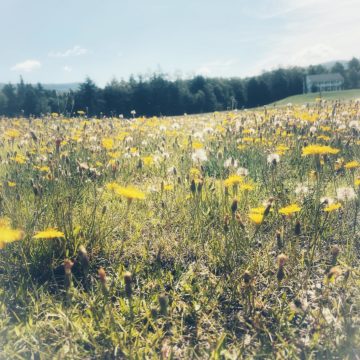
 You don’t have to fuck me. Or give me any money. You don’t have to shave your head or adopt a peculiar diet or wear an ugly smock or come live in my compound among fellow cult members. You don’t even have to believe in anything.
You don’t have to fuck me. Or give me any money. You don’t have to shave your head or adopt a peculiar diet or wear an ugly smock or come live in my compound among fellow cult members. You don’t even have to believe in anything.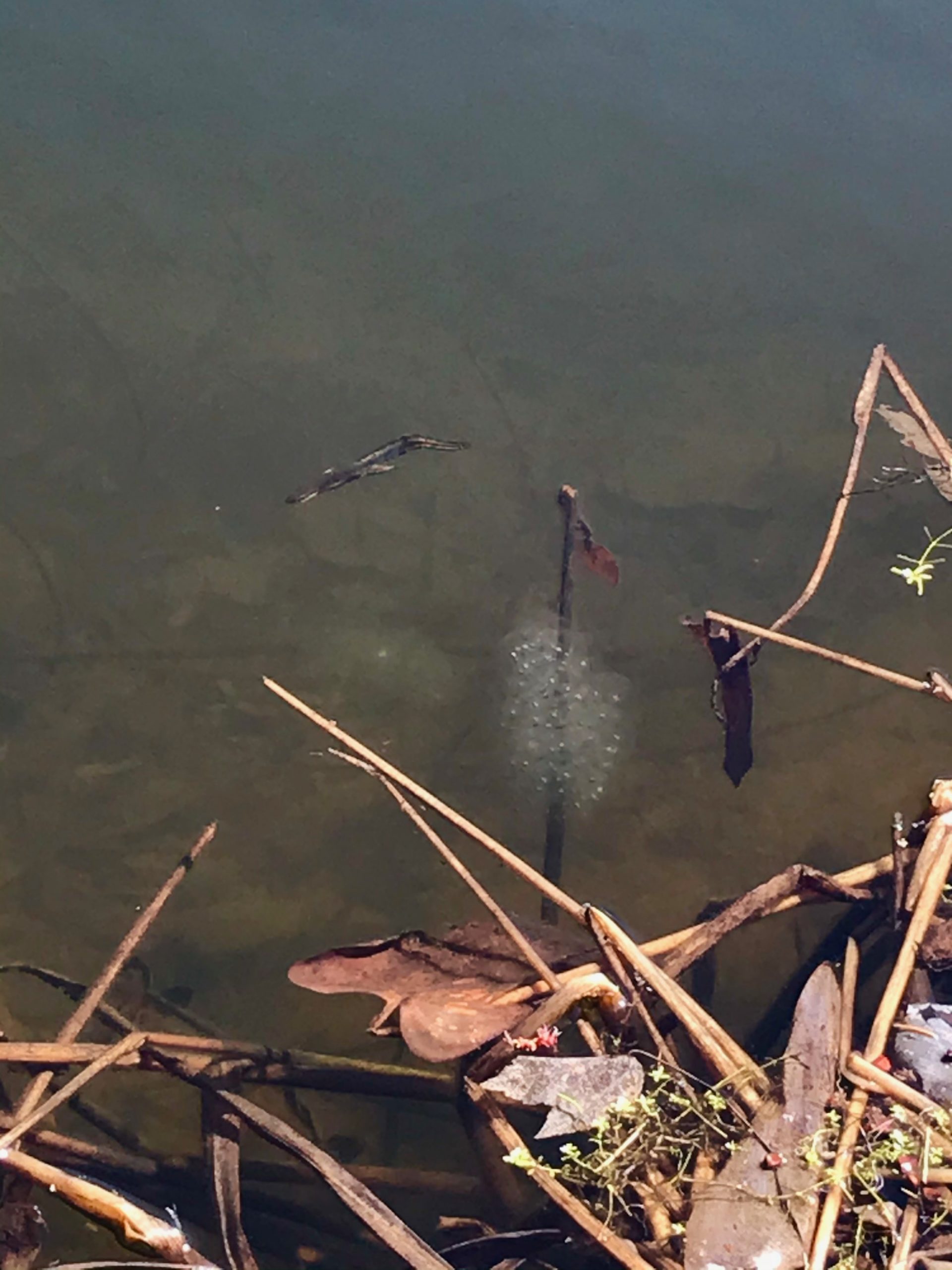 Sughra Raza. At Totem Farm, April 2021.
Sughra Raza. At Totem Farm, April 2021.